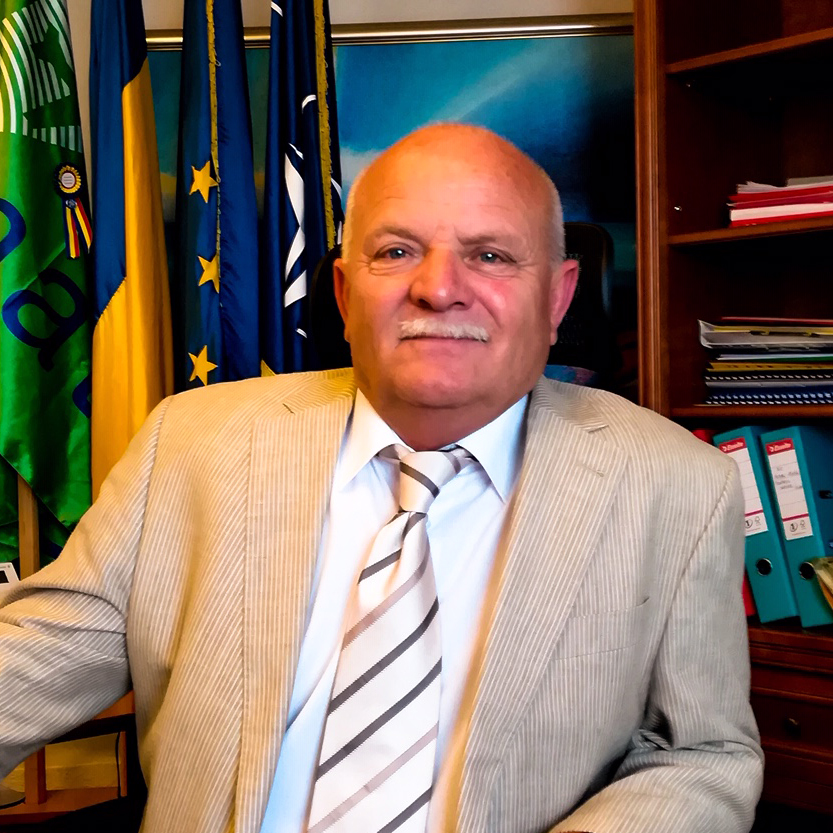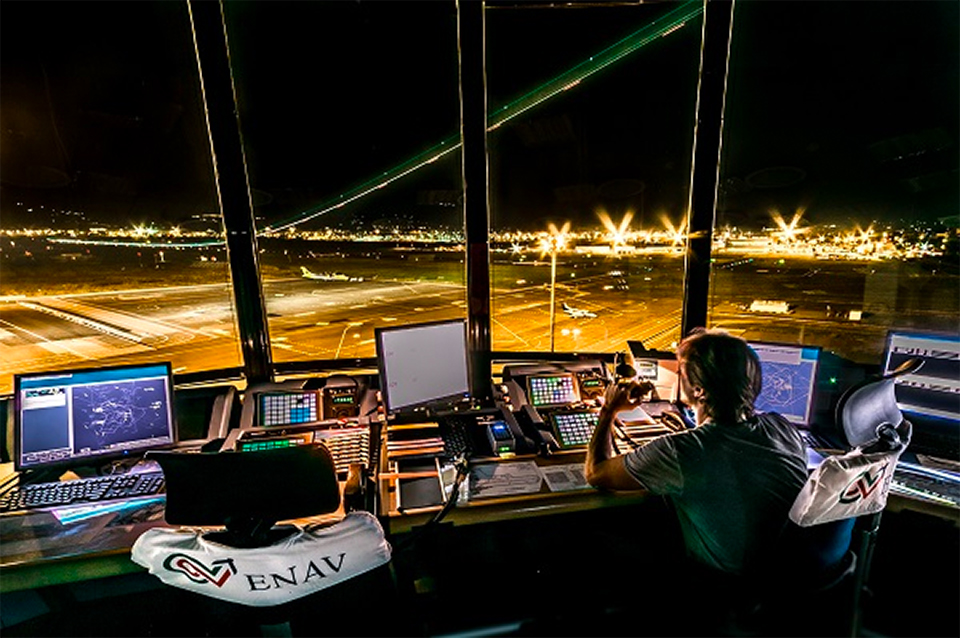A Higher Vantage Point – the APAC Ministerial Conference
Albert Einstein has been quoted as saying, “We cannot solve our problems with the same level of thinking that created them.” This seems to suggest that we need to transcend the immediate and obvious and approach our challenges from a higher perspective. A bigger picture can show up interconnections that may not be otherwise obvious. An operational level problem may require action levers or behaviour changing incentives that are available only at the policy level.
A relevant example to such an abstract idea is the European Ministers’ response to air traffic delays which reached epic proportions in the late 1980s. The most tangible outcome was the Ministers’ decision to centralise air traffic flow management in Europe, and this could not have come from the operational level. The Ministers also directed more harmonisation of national ATM plans, including possibly common technical specifications for the procurement of technical facilities, and better coordination of R&D and its funding across Europe.
Government titans, gifted with strategic acuity, are well placed to make trade-offs with a broader balance of benefits. While operational crisis can force a policy change, with awareness of ground realities, policymaking can also be anticipatory.
On 11 and 12 September, the Second Asia Pacific Ministerial Conference on Civil Aviation was convened in New Delhi, India. The very first one was held in Beijing in 2018. The Delhi event was graced by India’s Prime Minister, Shri Narendra Modi with carefully choreographed proceedings. The occasion also celebrated the 80th anniversary of ICAO and the Chicago Convention. At the conference, a range of well scripted topics was discussed including safety regulation, air navigation service, aviation security, facilitation, and human capital development.
Operations and policies are intricately intertwined especially airspace matters. As the voice of the airspace community, DG CANSO raised the need to invigorate regional ATM at the Ministerial Conference. Far too often, the ATM community fails to make ourselves comprehensible to a wider audience. We straitjacket ourselves with technical jargons and forfeit support for our cause. Hence, ATM is often relegated as a junior backroom partner despite being a critical intermediary between operations and policies. The statement by DG CANSO attempts to simplify the complexities of ATM and explain the challenges confronting regional ATM and ways to move forward.
Speaking hard truths, DG CANSO’s statement reminds the region the mismatch between investments in ATM versus many ambitious airport development plans. It advocates a regional ATM architecture that is solutions-driven, values-based, and one that transcends politics. This can address the region’s predicament for ATM to keep pace with the expected growth of aviation.
Leveraging on the recently completed Asia Pacific ATM White Paper by CANSO and Think, CANSO offers recommendations to improve the status quo. Digitalisation will open new models for modernisation. Just like other sectors, digital solutions can help ANSPs leapfrog in capabilities. There will be new opportunities for collaboration not available before, for instance using virtualised tools on shared infrastructure. The shift to greater information connectivity is foundational to more advanced services like unmanned and manned aviation integration and trajectory-based operations.
However, as ever, technology is only part of the answer. Government policies can accelerate ATM modernisation and deliver strong societal benefits. There are externalities to safe and efficient regional airspace. Governments understand public goods at national level, but dealing with regional public goods requires policy innovation and gumption.
CANSO proposes a dedicated regional ATM framework that has transparency, accountability, and active participation. A regional ATM supervisory board should be considered which could be given the mandate to assess regional ATM performance, drive common projects, and ensure equity in regional operations. Such a board can be made accountable to a more regular Ministerial Conference and supported by a multinational secretariat.
The Ministerial Conference concluded with the Delhi Declaration. Like the Beijing Declaration, it covers a range of topics reflecting the broad scope of civil aviation in the region. Specifically on ATM, the Ministers commit to modernise ATM by implementing elements in the Asia Pacific Seamless ANS Plan and work collaboratively through regional platforms. What is important, beyond the nuanced text, are the substantive policies that will result from this Declaration, both at the national level and region wide. The follow-on actions, which can begin with an internal stock-take by States of their individual to-do list, will be the real test of commitment. The quest for regional consensus is a journey and not an event.
The vista from the ancient mountaintop looks promising, but distant.




